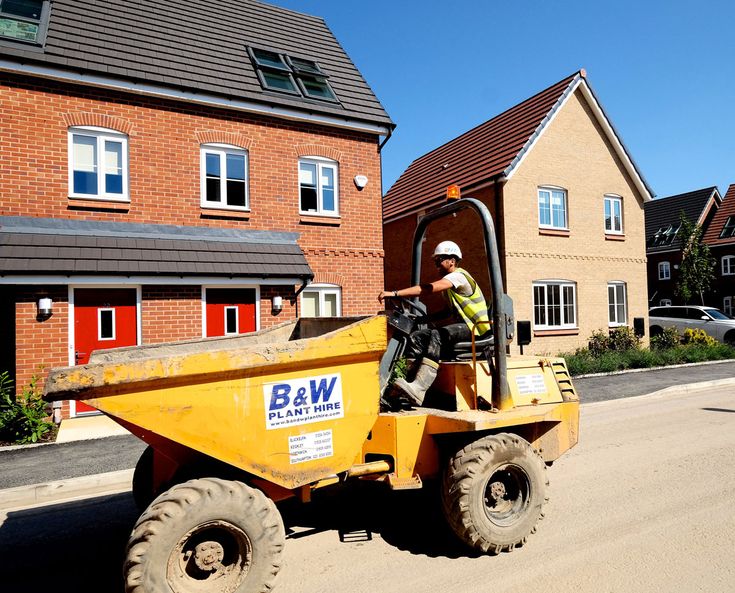In today’s fast-paced world, the integration of technology in various sectors has revolutionized the way we conduct business. One area that has seen significant advancements is detailed site investigations (DSI). These investigations are crucial for understanding the environmental, geological, and structural conditions of a site before any construction or remediation work begins. Let’s explore how technology is transforming this vital field.

1. Enhanced Data Collection
Traditional site investigations often relied on manual sampling and labor-intensive methods. However, with the advent of modern technology, data collection has become faster, more accurate, and less invasive detailed site investigation. Tools such as ground-penetrating radar (GPR) and drones are now widely used to gather high-resolution subsurface data and aerial imagery, respectively. This not only speeds up the investigation process but also minimizes disruption to the site.
2. Geographic Information Systems (GIS)
GIS technology plays a pivotal role in detailed site investigations by allowing for the visualization and analysis of spatial data. GIS can integrate various data sources—such as topographic maps, historical data, and environmental assessments—enabling teams to make informed decisions about site suitability and potential hazards. The ability to overlay different datasets helps in identifying patterns and correlations that may not be immediately evident.
3. Remote Sensing
Remote sensing technologies, including satellite imagery and aerial surveys, provide comprehensive overviews of large areas without the need for extensive fieldwork. This is particularly useful for preliminary site assessments and can reveal critical information about vegetation, land use, and water bodies. By leveraging remote sensing, investigators can identify potential contamination sources or geotechnical issues from a safe distance.
4. Data Analytics and Modeling
The sheer volume of data collected during a detailed site investigation can be overwhelming. However, advanced data analytics tools and modeling software enable professionals to interpret this data effectively. Techniques such as machine learning can be employed to predict site behavior under various conditions, assess risks, and optimize remediation strategies. This analytical prowess enhances decision-making and helps ensure compliance with regulatory standards.
5. Real-Time Monitoring
Technological advancements have paved the way for real-time monitoring of environmental conditions during site investigations. Sensors can be deployed to track parameters such as groundwater levels, soil moisture, and contamination levels continuously. This data allows teams to respond swiftly to any changes, ensuring safety and compliance throughout the investigation process.
6. Collaboration and Communication
In today’s interconnected world, collaboration is key. Cloud-based platforms enable teams from different disciplines—geologists, engineers, environmental scientists—to work together seamlessly, sharing data and insights in real time. Enhanced communication tools also ensure that stakeholders are kept informed, facilitating smoother project execution and regulatory compliance.
Conclusion
The integration of technology into detailed site investigations has fundamentally changed how we assess and manage sites. From enhanced data collection to real-time monitoring and collaborative platforms, technology is driving efficiency, accuracy, and safety in this critical field. As we continue to innovate, the future of site investigations promises even more exciting developments, ensuring that we can better understand and protect our environment while supporting sustainable development.